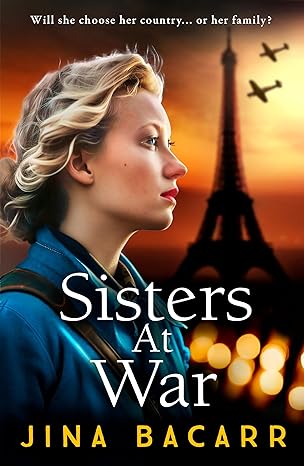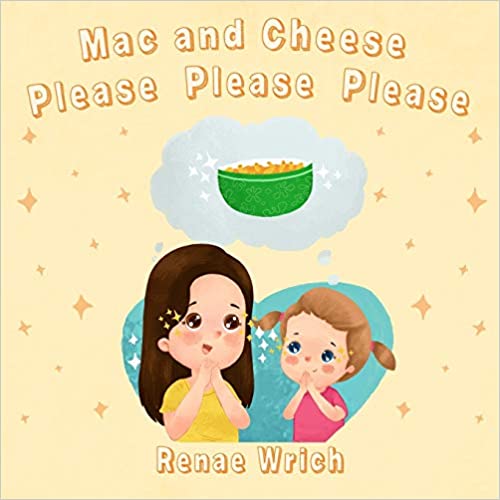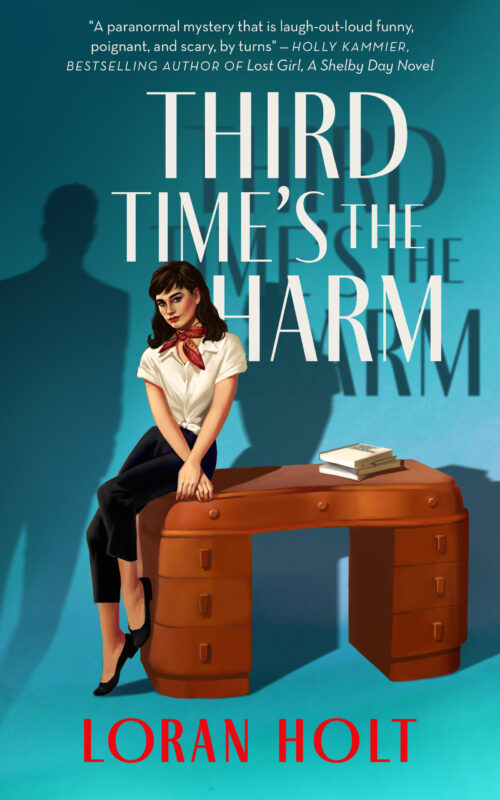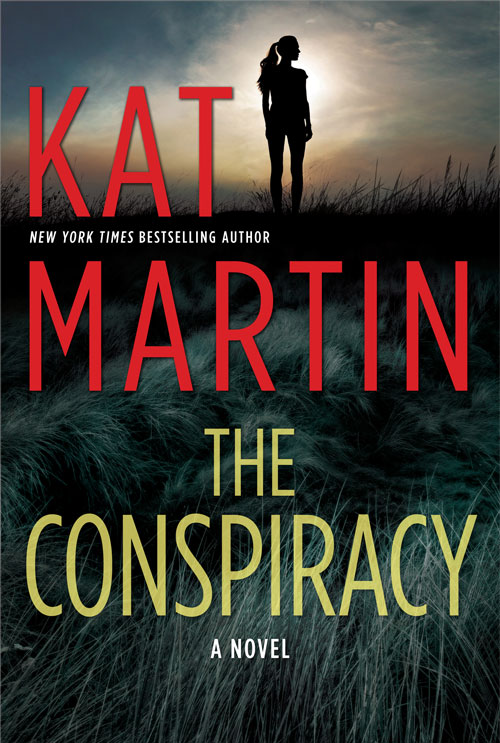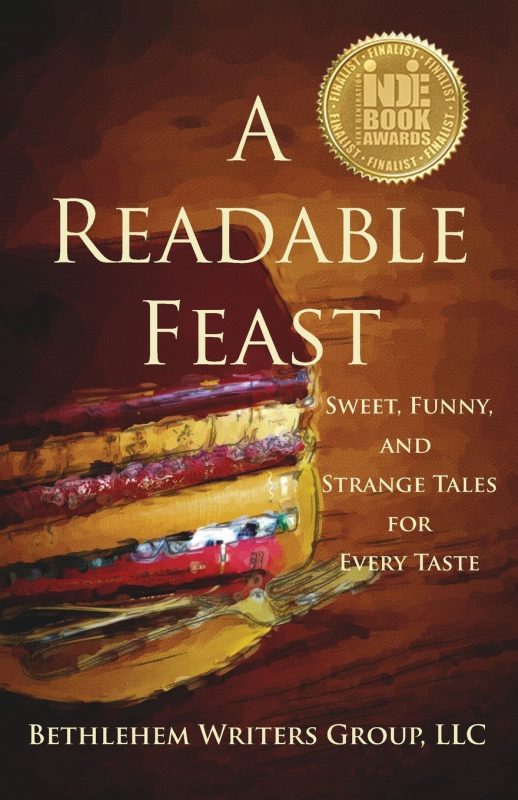Heck Yeah! E-Covers That Seduce & Sell
April 15, 2011 by Rebecca Forster in category The Write Life by Rebecca Forster tagged as DYI, e-books, e-covers, Rebeca Forster
 |
| See all my covers at: http://www.rebeccaforster.com/ |
by Rebecca Forster
I doubt this will come as a surprise, but ‘pretty’ sells. So does intriguing, shocking, soothing and sexy. That’s why I spent the last three weeks sweating over cover designs for my backlist romances (all of which I hope you’ll check out for your E-reader) and redesigning my thriller covers.
Why, you may wonder, did this exercise create such angst? After all, these are only E-covers. Nobody will run their thumb over the richly embossed type, check to weight of the stock or touch it in a bookstore. This isn’t a ‘real’ cover on a ‘real’ book. And that is my point exactly. These covers are more important than a paper because they will live on in perpetuity.
In this new publishing reality authors who have backlists and don’t own the rights to their covers must now become designers; indie authors who have never had the benefit of seeing their work transformed into a visual face a daunting task of identifying the soul of their books. Bottom line, unlike paper, an E-cover’s impact will be farther reaching than any of us can even imagine.
In the old days an author might reproduce their cover image on bookmarks and mugs. In this brave new world, E-covers pop up as thumbnails on Facebook, Linked-In and other social media posts. They are broadcast to readers of blogs and reviewers who promote your work. An E-cover makes a statement on your own website. An E-book cover is brought up full-size and full color on most readers. An E-book cover sets the tone for your book in a way that a paper cover never could because you – the author – have designed it and that is the truly exquisite bottom line.**
No longer am I at the mercy of a New York art director working off a synopsis of the book we spent months writing. Never again will I have a cover where Lady Justice had a sex change and became a sword-toting Roman guy. I have seen the last of a beautiful ocean on the cover of my book that is set in the high desert of California. Hurrah! I have taken the beaches of cover design, and planted my flag and you can too.
I must confess that initially I was like a young soldier rushing into war without realizing how important the battle was. I lucked out with my Witness Series covers but others looked amateurish, weak and unmemorable. I had that revelation as I readied my romance backlist for E-publication. I was determined to make my covers as easily identifiable as my writing style so when faced with the prospect of creating a minimum of 8 new covers, I knew I needed a plan. I studied E-covers of books I admired and those on the top seller lists. I began to experiment. I realized that, like a first draft of a book, my covers were not perfect the first time out. I began to understand that I had to kick everything up a notch to get noticed.
The new covers now reflect the theme of each book or are evocative of the mood of that work. With the romances and women’s fiction in particular I tried to limit the use of full-on portrait photography in order not to inhibit the romantic reader’s imagination. For me, blocking and color worked for the romances. For other authors, flowers and pastels might be the key to success. For my thrillers, I decided to go darker with ominous and/or graphic images. Though there are no hard and fast rules, here are some guidelines that worked for me:
• Clean is better than fussy
• People (especially parts of people) are intriguing***
• Experiment. Odd colors and disparate type faces can to work together and create drama
• The covers should reflect the tone of the book
• Slugs should be tight and to the point
• Spend a little money on stock photos (I use ‘small’).
• Plug in image search words that aren’t obvious.
• Use PowerPoint portrait setting for your design. The pixel height and width will be perfect.
So, Heck Yeah! Get on top of the the covers. Your E-career will thank you for it.****
*See more of my handiwork at http://www.rebeccaforster.com/ .
**Even if you had a designer, they worked at your direction. Own that cover!
***See The Reckless Ones – my favorite partial body shot.
****The same thoughts hold true for E-packaging!
Creating the Setting: New Orleans
April 12, 2011 by A Slice of Orange in category Archives tagged as Louisa Bacio, The Vampire, The Witch and The Werewolf: A New Orleans Threesome
5 Job Tips for a great romance novel hero interview
April 11, 2011 by A Slice of Orange in category Archives tagged as Best American Romances, Confessions of a Podcast Goddess, heroine, Interview, job, maid, reporter, romance romance, spies, vampire, Victorianby Evelyn Q. Darling
Romance Reporter At Large
How well do you know your hero? Is he tall, dark and handsome? Okay, so you don’t want a cookie-cutter hero, but have you really thought about what questions to ask him?
(When you can take your eyes away from his sexy grin among other parts of his anatomy.)
This reporter recently interviewed heroines for a romance gig and got some very interesting answers.
Now, it’s your hero’s turn. Ready, ladies? Start your engines…
Here are my 5 Job Tips for a great romance novel hero interview:
1. Don’t ask him to take off his shirt. Tempting, yes, as you check out his muscular arms, but this is a sexist attitude that will get you nowhere. (But oh the fun you’ll have trying!)
2. Schedule the interview in a locale where you’ll both feel comfortable. Not in a sports bar where he can eyeball the basketball scores and the waitresses with the deep cleavage. Forget tea shops that serve lemon dainties, unless you’re writing a regency and you want to see if he exudes the proper Mr. Darcy-isms.
3. Ask him to show you his…wheels. Yes, I said, wheels. Is he a Harley guy? Jaguar? Or does he drive an old pickup? Does he keep half his “stuff†in his car? Or is he a neatnik? You can tell a lot about a man by his…wheels.
4. What’s his day job? Or if he’s into night work (and what hard-working vampire isn’t?), you’ll want to make sure he’s a good match for your heroine. If she’s a lawyer, a police detective can make her life hectic; if she runs a cake and bake shop, how about interviewing a land developer who wants to tear down her vintage cottage shop? And let’s not forget the city gal who’s just aching to meet up with a real cowboy. Just make sure he can ride…a horse.
5. And finally, don’t ask him if he’s a good kisser. Tell him to show you.
Evelyn Q. Darling is the alter ego of Jina Bacarr.
Dialogue Tags: How To Kill Off Some Of The Little Buggers
April 10, 2011 by A Slice of Orange in category Archives tagged as Craft, Sharla Rae, writingInstead of: “Stop it!” James said. [He could be angry but then again he could be laughing hard and telling someone to stop it. But if we say: James said, angrily, we’re telling.]
- Try: James sliced the air with his hand. “Stop it!”
- Try: “Stop it!” James held his sides, laughing.
Instead of: “Is she serious?” Amber asked, rolling her eyes.
- Try: “Is she serious?” Amber rolled her eyes and laughed.
Instead of: “Gosh, I love this song,” Jill said, dreamily. [Yikes an ly word]
- Try: “Gosh, I love this song.” Jill closed her eyes and swayed to the music.
Instead of: “Try it, you little weasel,” Jake bellowed. “Just try it.”
- Try: “Jake’s palms slapped the tabletop. “Try it, you little weasel. Just try it.”
Instead of: “You jerk!” Pam screamed, swinging her handbag at him.
- Try: “You jerk!” Pam lashed out at him with her handbag.
The same idea applies to the he or she thought tags.
Example:
Instead of: Can this day get any worse? Jane wondered.
- Try: Jane slumped into the nearest easy chair and kicked off her shoes. Could this day get any worse?
Instead of: If he comes through that door, I’ll brain him, Jill silently vowed.
- Try: If he comes through that door, I’ll brain him. Jill’s fingernails bit into her palms. [Shows determination]
Punctuation can be used to negate tags that indicate strong feelings. To demonstrate what I mean, I’ll use one of my above examples.
“You jerk!” Pam screamed, swinging her handbag at him.
Given there is an exclamation mark after jerk, we know Pam said this with strong feelings. Unless we want her screaming to draw the attention of characters around her, we don’t need to “tell” the reader she screamed. Also, her actions indicate anger and that makes the tag an even bigger overkill. But what if Pam said it under her breath so as not to draw attention? Do we need to say, she whispered? It works. But we could also say: Pam sneered and leaned close, her lips a mere inch from his ear. “Jerk.”
Note: Don’t over use exclamation marks. Again, body language will work just as well.
It must be said, though, that having all the characters on stage constantly nodding, scratching, dancing and throwing things would be just as annoying — not to mention ridiculous — as too many tags. So a few tags are allowed and in some instances they work better for a tight, straight to the point sentence.
I know of no set rules on how many dialogue tags are allowed on a page. The best rule of thumb is to vary your dialogue and cut them when possible. And if you’re still unsure, read the page out loud. Too many tags make the writing sound choppy. They also distract.
The right balance will result in tighter writing that “shows more and “tells” less.
Interesting related websites:
- Three Places Where You Should Tell: http://wordplay-kmweiland.blogspot.com/2011/02/three-places-where-you-should-tell.html
- From an Editor’s POV: http://theeditorsblog.net/2010/12/25/use-and-abuse-of-dialogue-tags/
- The Use and Abuse of dialogue tags: http://www.writing-world.com/fiction/said.shtml
- Avoid Creative Dialogue Syndrome: http://users.wirefire.com/tritt/tip4.html/
The Power of “Why?” by Kitty Bucholtz
April 9, 2011 by A Slice of Orange in category Archives tagged as It's Worth It
 Today I met with my friend Betsy for hot chocolate and brainstorming. We’re both in our last semester of our Master of Arts in Creative Writing degrees, so we’re both working on our “final project” book. We’ve read a little of each other’s work over the last 14 months, but it’s not like being in the same critique group for years: we don’t know each other’s stories inside and out.
Today I met with my friend Betsy for hot chocolate and brainstorming. We’re both in our last semester of our Master of Arts in Creative Writing degrees, so we’re both working on our “final project” book. We’ve read a little of each other’s work over the last 14 months, but it’s not like being in the same critique group for years: we don’t know each other’s stories inside and out.
So it was with some trepidation thatI started trying to explain-slash-figure-out my story in the back room of a nearby cafe. Twice Betsy said, “But why?” Why does the story have to be set in the future? Why do you need to have destroyed the government before the story begins?
I was getting frustrated because I didn’t know how to answer the questions (hence the world building brainstorming). I was too nervous to explain some of the reasons in my head because they sounded silly out loud – like that the second protagonist/mentor is an undercover angel. But my not explaining things was confusing to Betsy.
She finally stopped and said, wait, what did you want to brainstorm about, I’ll stop interrupting. But I saw the opportunity to really dig into the story (only because now I’ve had years of experience in missed opportunities), so I said, no, let’s figure out the answers to your questions. Maybe we’ll think of something fresh and new.
And in less than an hour, my dystopian futuristic fantasy that I knew very little about was suddenly a Kitty story. Not dystopian, not futuristic, but a world I could totally see in my head. I really knew the location now that we’d re-set it in Philadelphia, and I really knew the world now that we’d made it “now.” I understood the ways children could go missing and no one could find them, and I had believable reasons for how a secret underground group could exist in this small world we’ve created with our technology.
The story began to have my voice again. And that, perhaps, was the thing that had made me most nervous when I woke up this morning – it was a really interesting story, but not a Kitty story.
So now I’m sitting here with a glass of Australian wine, some Green& Black’s 85% dark organic chocolate, and episode 1 of several TV shows we own that have characteristics I’m interested in for my story. Oh, and an open notebook with a lot of writing in it. Life is awesome again.
What are you struggling to brainstorm? Can you try discussing your idea with someone who knows nothing about it so you can be forced to answer the question, why?
Tell us what you’re doing and what has worked for you!
 Kitty Bucholtz is a writer and speaker, and a member of Romance Writers of America and Romance Writers of Australia. She co-founded Routines for Writers (http://www.routinesforwriters.com/) a web site dedicated to helping writers write more. In 2011, Kitty will receive her Master of Arts in Creative Writing degree from University of Technology, Sydney.
Kitty Bucholtz is a writer and speaker, and a member of Romance Writers of America and Romance Writers of Australia. She co-founded Routines for Writers (http://www.routinesforwriters.com/) a web site dedicated to helping writers write more. In 2011, Kitty will receive her Master of Arts in Creative Writing degree from University of Technology, Sydney.
Affiliate Links
A Slice of Orange is an affiliate with some of the booksellers listed on this website, including Barnes & Nobel, Books A Million, iBooks, Kobo, and Smashwords. This means A Slice of Orange may earn a small advertising fee from sales made through the links used on this website. There are reminders of these affiliate links on the pages for individual books.
Search A Slice of Orange
Find a Column
Archives
Featured Books
MAC AND CHEESE, PLEASE, PLEASE, PLEASE
They liked macaroni and cheese SO much, if they could, they would eat it for breakfast, dinner, and lunch!
More info →THIRD TIME’S THE HARM
Uncle James wants her to investigate a murder. His, that is.
More info →THE CONSPIRACY
When family ambition turns deadly Chase Garrett must keep Harper safe and both of them alive.
More info →A READABLE FEAST: Sweet, Funny, and Strange Tales for Every Taste
Yearning for a tantalizing tale?
More info →Newsletter
Contributing Authors
Search A Slice of Orange
Find a Column
Archives
Authors in the Bookstore
- A. E. Decker
- A. J. Scudiere
- A.J. Sidransky
- Abby Collette
- Alanna Lucus
- Albert Marrin
- Alice Duncan
- Alina K. Field
- Alison Green Myers
- Andi Lawrencovna
- Andrew C Raiford
- Angela Pryce
- Aviva Vaughn
- Barbara Ankrum
- Bethlehem Writers Group, LLC
- Carol L. Wright
- Celeste Barclay
- Christina Alexandra
- Christopher D. Ochs
- Claire Davon
- Claire Naden
- Courtnee Turner Hoyle
- Courtney Annicchiarico
- D. Lieber
- Daniel V. Meier Jr.
- Debra Dixon
- Debra H. Goldstein
- Debra Holland
- Dee Ann Palmer
- Denise M. Colby
- Diane Benefiel
- Diane Sismour
- Dianna Sinovic
- DT Krippene
- E.B. Dawson
- Emilie Dallaire
- Emily Brightwell
- Emily PW Murphy
- Fae Rowen
- Faith L. Justice
- Frances Amati
- Geralyn Corcillo
- Glynnis Campbell
- Greg Jolley
- H. O. Charles
- Jaclyn Roché
- Jacqueline Diamond
- Janet Lynn and Will Zeilinger
- Jeff Baird
- Jenna Barwin
- Jenne Kern
- Jennifer D. Bokal
- Jennifer Lyon
- Jerome W. McFadden
- Jill Piscitello
- Jina Bacarr
- Jo A. Hiestand
- Jodi Bogert
- Jolina Petersheim
- Jonathan Maberry
- Joy Allyson
- Judy Duarte
- Justin Murphy
- Justine Davis
- Kat Martin
- Kidd Wadsworth
- Kitty Bucholtz
- Kristy Tate
- Larry Deibert
- Larry Hamilton
- Laura Drake
- Laurie Stevens
- Leslie Knowles
- Li-Ying Lundquist
- Linda Carroll-Bradd
- Linda Lappin
- Linda McLaughlin
- Linda O. Johnston
- Lisa Preston
- Lolo Paige
- Loran Holt
- Lyssa Kay Adams
- Madeline Ash
- Margarita Engle
- Marguerite Quantaine
- Marianne H. Donley
- Mary Castillo
- Maureen Klovers
- Megan Haskell
- Melanie Waterbury
- Melisa Rivero
- Melissa Chambers
- Melodie Winawer
- Meriam Wilhelm
- Mikel J. Wilson
- Mindy Neff
- Monica McCabe
- Nancy Brashear
- Neetu Malik
- Nikki Prince
- Once Upon Anthologies
- Paula Gail Benson
- Penny Reid
- Peter Barbour
- Priscilla Oliveras
- R. H. Kohno
- Rachel Hailey
- Ralph Hieb
- Ramcy Diek
- Ransom Stephens
- Rebecca Forster
- Renae Wrich
- Roxy Matthews
- Ryder Hunte Clancy
- Sally Paradysz
- Sheila Colón-Bagley
- Simone de Muñoz
- Sophie Barnes
- Susan Squires
- T. D. Fox
- Tara C. Allred
- Tara Lain
- Tari Lynn Jewett
- Terri Osburn
- Tracy Reed
- Vera Jane Cook
- Vicki Crum
- Writing Something Romantic
Affiliate Links
A Slice of Orange is an affiliate with some of the booksellers listed on this website, including Barnes & Nobel, Books A Million, iBooks, Kobo, and Smashwords. This means A Slice of Orange may earn a small advertising fee from sales made through the links used on this website. There are reminders of these affiliate links on the pages for individual books.




